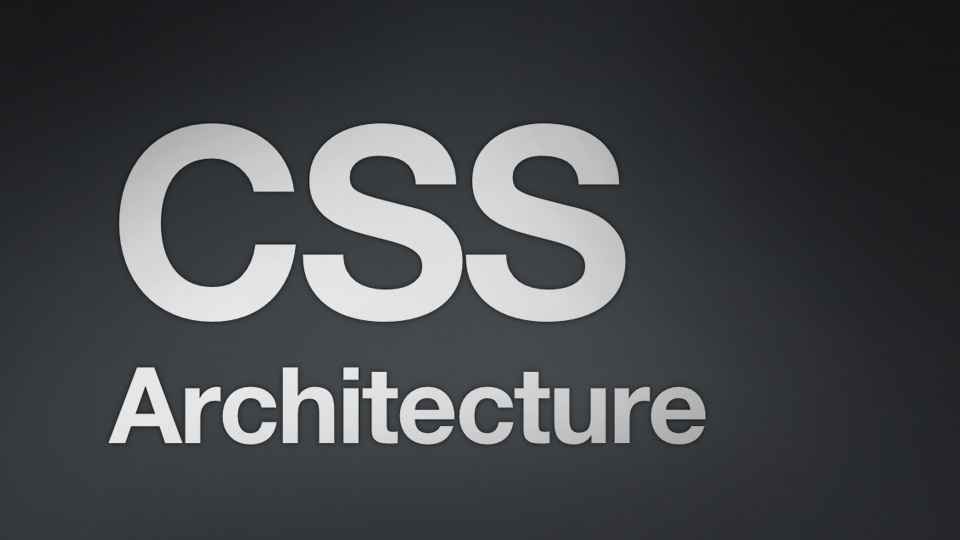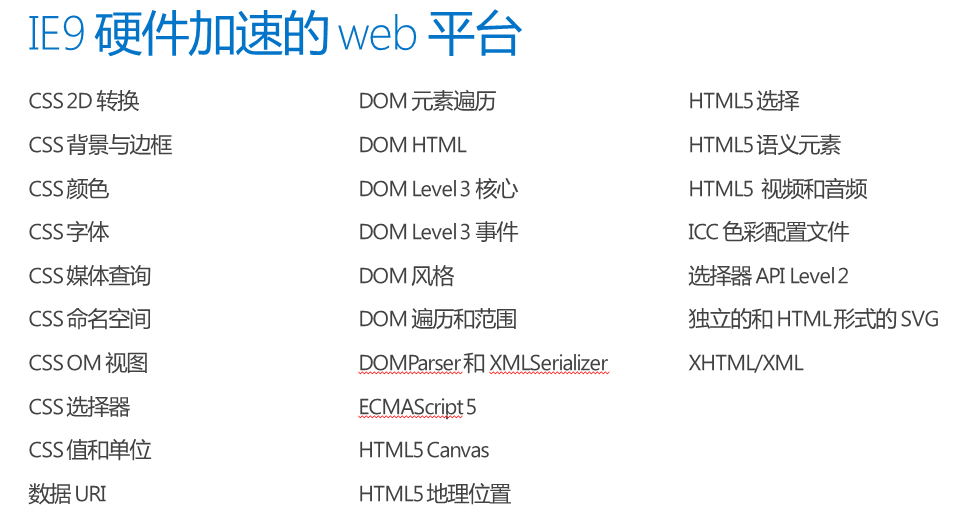7 recommended articles about hardware acceleration
Did you know that we can use CSS to enable hardware acceleration in the browser to enable the GPU (Graphics Processing Unit) to function, thus improving performance? Most computer graphics cards now support hardware acceleration. In view of this, we can use the power of the GPU to make our website or application perform more smoothly. Turning on hardware acceleration with CSS on desktop and mobile CSS animations, transforms and transitions do not automatically turn on GPU acceleration, but are performed by the browser's slow software rendering engine. So how can we switch to GPU mode? Many browsers provide certain triggered CSS rules. Now, Chrome, FireFox, Safari, IE9+ and the latest version of Opera all support hardware acceleration. When they detect that certain CSS rules are applied to a DOM element in the page, they will turn on the 3D rendering of the element. Transform. For example: .cube { -webkit-trans
1. Use CSS to enable hardware acceleration on desktop and mobile terminals

##Introduction: Did you know that we can use CSS to enable hardware acceleration in the browser to enable the GPU (Graphics Processing Unit) to function, thus improving performance?
2. The impact of CSS3 transform on HTML document flow

Introduction: HTML is always so surprising because of "hardware acceleration". A note from the beginning of the year, compiled in my spare time. Many online articles suggest that it is recommended to turn on the hardware acceleration of the browser, so that the page rendering speed and animation fluency will be improved. This has almost become the standard configuration for many people's page production, regardless of whether it is actually useful...
3. Briefly comment on the rendering algorithm of Adobe's FlashPlayer

Introduction: I saw an article on CSDN some time ago that introduced that the rendering performance of FlashPlayer is several times that of HTML 5 Article, recalling the research on Adobe's Flash Player over the past few years, I would like to theoretically explore why there is such a result, and also explain why Adobe's Flash Player has been criticized for traditional hardware acceleration (non-GPU solutions); earlier In 2006, I worked in an IC design company to implement official FlashPlayer hardware acceleration for a low-end platform (with hardware 3D acceleration). After a few months,...
4. Learn to improve the performance of your website through CSS hardware acceleration_html/css_WEB-ITnose
Introduction: Learn to improve the performance of your website through CSS hardware acceleration
5. The video/image co-processor HDVICP2 in DM8168 does not support H.264 data segmentation data pa
Introduction: HDVICP2 (High- Definition Video Image Coprocessor 2) is a second-generation high-definition video image coprocessor developed by the company, supporting 1080p video hardware-accelerated encoding and decoding up to 60 frames per second. The introduction of DM8168 in the chip manual is relatively simple, and the screenshot is as follows: It can be seen that for the H.264 standard, HDVICP2 supports BL (basic), MP (main)
6. MySQL Hardware Acceleration: Flash Storage Technology_MySQL
Introduction: MySQL Hardware Acceleration: Flash Storage Technology7. Based on IE10/HTML5 Development_html5 tutorial skills

【Related Q&A recommendation】:
javascript - After disabling hardware acceleration, does the canvas rendering speed become faster?
android WebView cannot play video css - WeChat development, front-end style problem
The above is the detailed content of 7 recommended articles about hardware acceleration. For more information, please follow other related articles on the PHP Chinese website!

Hot AI Tools

Undresser.AI Undress
AI-powered app for creating realistic nude photos

AI Clothes Remover
Online AI tool for removing clothes from photos.

Undress AI Tool
Undress images for free

Clothoff.io
AI clothes remover

AI Hentai Generator
Generate AI Hentai for free.

Hot Article

Hot Tools

Notepad++7.3.1
Easy-to-use and free code editor

SublimeText3 Chinese version
Chinese version, very easy to use

Zend Studio 13.0.1
Powerful PHP integrated development environment

Dreamweaver CS6
Visual web development tools

SublimeText3 Mac version
God-level code editing software (SublimeText3)

Hot Topics
 1377
1377
 52
52
 Working With GraphQL Caching
Mar 19, 2025 am 09:36 AM
Working With GraphQL Caching
Mar 19, 2025 am 09:36 AM
If you’ve recently started working with GraphQL, or reviewed its pros and cons, you’ve no doubt heard things like “GraphQL doesn’t support caching” or
 Making Your First Custom Svelte Transition
Mar 15, 2025 am 11:08 AM
Making Your First Custom Svelte Transition
Mar 15, 2025 am 11:08 AM
The Svelte transition API provides a way to animate components when they enter or leave the document, including custom Svelte transitions.
 Building an Ethereum app using Redwood.js and Fauna
Mar 28, 2025 am 09:18 AM
Building an Ethereum app using Redwood.js and Fauna
Mar 28, 2025 am 09:18 AM
With the recent climb of Bitcoin’s price over 20k $USD, and to it recently breaking 30k, I thought it’s worth taking a deep dive back into creating Ethereum
 Show, Don't Tell
Mar 16, 2025 am 11:49 AM
Show, Don't Tell
Mar 16, 2025 am 11:49 AM
How much time do you spend designing the content presentation for your websites? When you write a new blog post or create a new page, are you thinking about
 How do you use CSS to create text effects, such as text shadows and gradients?
Mar 14, 2025 am 11:10 AM
How do you use CSS to create text effects, such as text shadows and gradients?
Mar 14, 2025 am 11:10 AM
The article discusses using CSS for text effects like shadows and gradients, optimizing them for performance, and enhancing user experience. It also lists resources for beginners.(159 characters)
 Creating Your Own Bragdoc With Eleventy
Mar 18, 2025 am 11:23 AM
Creating Your Own Bragdoc With Eleventy
Mar 18, 2025 am 11:23 AM
No matter what stage you’re at as a developer, the tasks we complete—whether big or small—make a huge impact in our personal and professional growth.
 What the Heck Are npm Commands?
Mar 15, 2025 am 11:36 AM
What the Heck Are npm Commands?
Mar 15, 2025 am 11:36 AM
npm commands run various tasks for you, either as a one-off or a continuously running process for things like starting a server or compiling code.
 A bit on ci/cd
Apr 02, 2025 pm 06:21 PM
A bit on ci/cd
Apr 02, 2025 pm 06:21 PM
I'd say "website" fits better than "mobile app" but I like this framing from Max Lynch:




